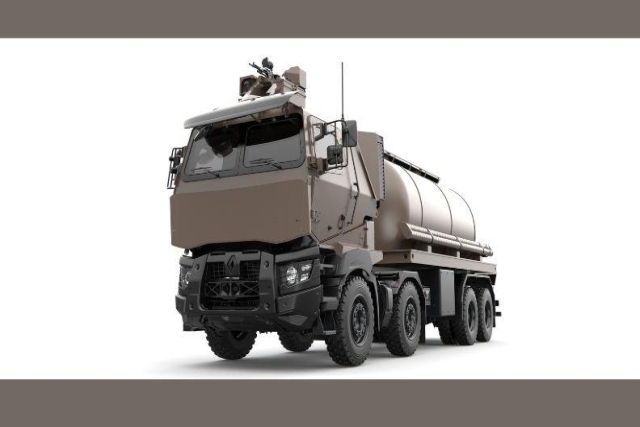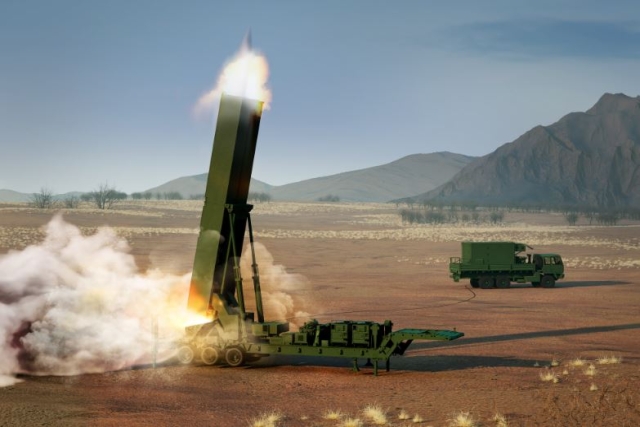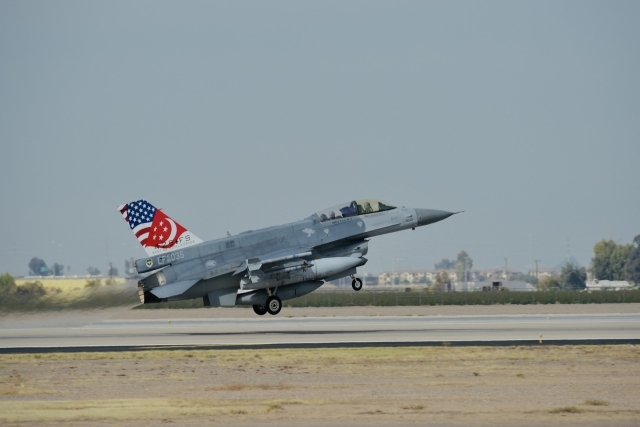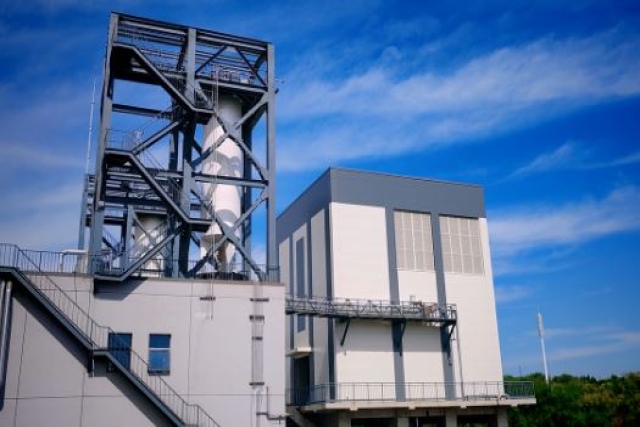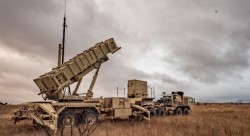Lockheed Martin SBIRS Team Delivers Major Subsystems for Second GEO Satellite
SUNNYVALE, Calif. --- The Lockheed Martin led team developing the U.S. Air Force's Space-Based Infrared System (SBIRS) has achieved major milestones on the second geosynchronous orbit (GEO-2) spacecraft with the completion and delivery of the remaining major spacecraft bus subsystems. The GEO-2 spacecraft core structure and propulsion subsystem was recently completed and the high-performance communications subsystem for the spacecraft was delivered in early December.> Developed and tested at Lockheed Martin's facilities in Newtown, Pa., and delivered to its Space Systems Company in Sunnyvale, Calif., the communications subsystem will deliver anti-jam, survivable communications and data from the infrared payload to the warfighter and provide worldwide coverage of missile launch detection and defense data. The subsystem also provides secure command and control of the satellite by continuous interaction with ground stations.>> The propulsion subsystem is essential for maneuvering the satellite during transfer orbit to its final location as well as conducting on-orbit repositioning maneuvers throughout its mission life. It was developed at Lockheed Martin's Mississippi Space & Technology Center, an advanced propulsion, thermal, and metrology facility located at the John C. Stennis Space Center. The SBIRS propulsion subsystem design is based on Lockheed Martin's flight-proven A2100 geosynchronous spacecraft series and consists of 18 reaction engine assemblies, a fuel tank, two oxidizer tanks, and a liquid apogee engine.>> In April 2009 the fully tested GEO-2 Infrared Payload will be delivered by Northrop Grumman Electronic Systems, Azusa, Calif., for integration into the flight configuration, leading to the start of the vehicle integrated test flow in the summer of 2009 and launch in fiscal year 2011.

